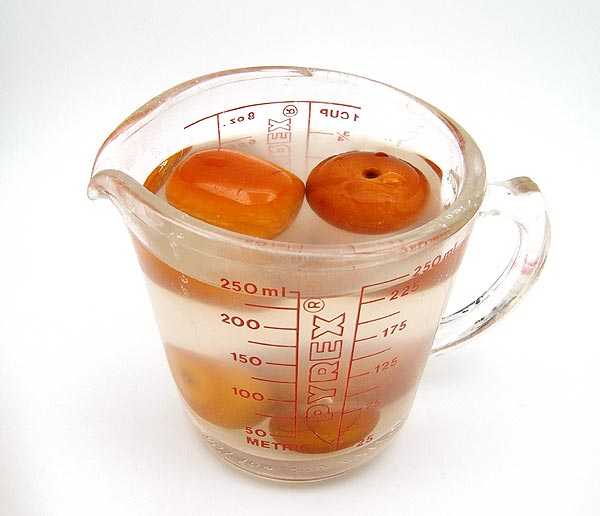| Original Message: So-called "African Amber" - can anyone document the popular eBay concept.... |
|---|
|
We're going to focus on search criteria "African Amber" on eBay, contacting sellers re. corrections that need to be made re. representation. Popular descriptions include allegations that ground up amber particles are bound by synthetic resins, that copal is bound by synthetic resins, and that these are considered "African Amber". Can anyone show any documentation of this at all, besides "my eBay seller told me so" or "my African trader told me so"? If this were actually done, wouldn't there be a known manufacturer in the Dominican Republic, or somewhere in Europe? I remember the Picard's sample card posted on the old nbs forum ages ago, I believe from Czechoslovakia, with the title "Simulated Amber" - exact examples of some of the phenolic plastic beads from the west African trade. But "Simulated" does not mean it contains amber, any more than simulated leather contains genuine leather. Sorry to be redundant re. certain points. Even horn is being titled on eBay as "African Amber". Getting back to the real stuff, and there is genuine and lovely amber from the African trade, worth dollars per gram....two tablespoons dissolved salt in 8 oz. water will be a helpful guide. If the bead in question sinks like a chunk of lead, it's NOT amber. If it floats, it is LIKELY amber.
All rights reserved by Bead Collector Network and its users |
|
|
